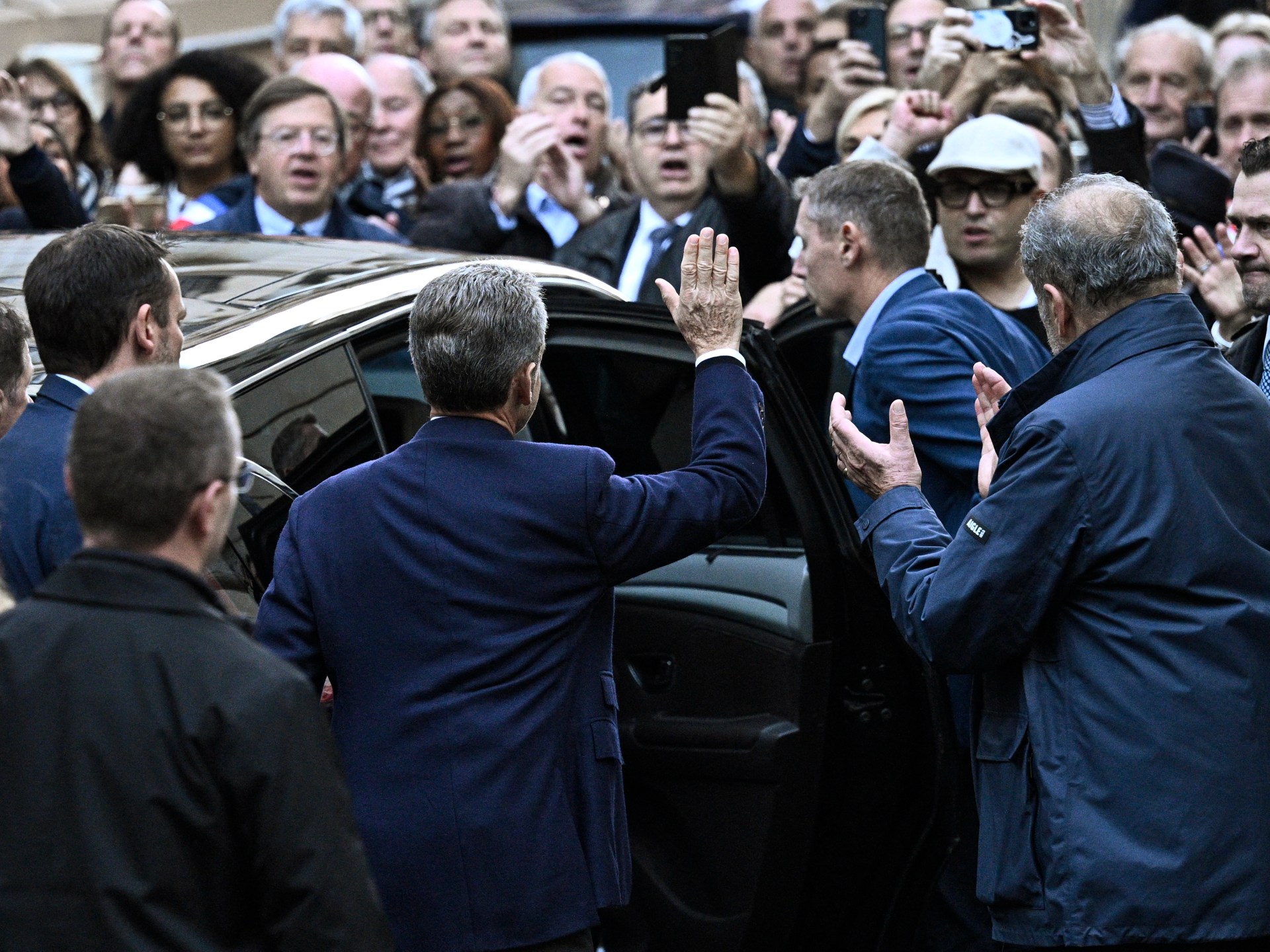Diwali fireworks push Delhi’s air quality to hazardous levels. Know about 5 respiratory problems caused by this pollution and how to protect yourself.

Diwali is celebrated with joy, lights, and fireworks across India. However, in Delhi, the festival usually causes more pain than pleasure with respect to air quality. In 36 out of 38 monitoring stations, they were found to be in the red zone and in four stations, the levels were severe with the Air Quality Index (AQI) going beyond 400. Inhalation of this polluted air may cause several respiratory issues, particularly in children, older people, and people with underlying conditions.
5 Respiratory Problems Caused by Diwali Fireworks
Wheezing and Shortness of Breath
Fireworks smoke contains high concentrations of tiny particles known as PM2.5 and these can be deposited deep in the lungs. Any exposure can result in breathing difficulties and wheezing, even in the short run. Individuals having asthma or chronic bronchitis are at the high risk. Some of them cannot breathe properly and be attacked by asthma after a few hours of exposure.
Coughing and Throat Irritation
Some of the chemicals released by fireworks include sulfur dioxide and nitrogen oxides into the air. The breathing of these pollutants may irritate the throat causing continuous coughing. The discomfort can be up to several days, and the exposure can be aggravated by having repeated exposures that aggravate the throat infections. Healthy people tend to cough frequently during the days after engagement into the activity of heavy fireworks.
Exacerbation of Asthma
Air pollution causes a lot of sensitivity to asthma patients. The chemical irritants and fine particles in fireworks have the capability of inflammation of airways and sudden asthma attacks. This can present as tightness of the chest, dyspnea, wheezing, and coughing. Hospitalization could be needed in severe cases.
Increased Risk of Lung Infections
The long term effect of receiving the pollution of the fireworks in the atmosphere may undermine the natural defenses of their lungs and render them more vulnerable to infections. Children and elderly people are the weakest. However, other conditions like bronchitis and pneumonia might occur or deteriorate during the times of the high pollution perfectly when certain respiratory problems are present.
Aggravation of Chronic Respiratory Conditions
Patients undergoing chronic pulmonary issues such as COPD (Chronic Obstructive Pulmonary Disease) are at the risk during Diwali. Firework pollutants can cause a recurrence of exacerbation, decrease in lung efficiency, and rise in physician visits. The chronic effects on the lung health could take a long duration of exposure, which requires several days.
Respiratory Problems: Precautionary Measures
Experts recommend staying indoors at the times of maximum pollution. Exposure can be mitigated by wearing masks, purifying indoor air with air filters and keeping hydrated. During Diwali celebrations, children, elderly and the ones with respiratory conditions are to be extra careful.
Although Diwali is the festival of lights, one should not forget that smoke produced by fireworks may cause severe health effects. People can avoid exposure to risks of lung diseases by preventing and understanding their dangers so that they can enjoy their festivals safely.
FAQs
How can I protect myself during heavy pollution days?
Who is most affected by air pollution during Diwali?
Children, older adults, and people with existing respiratory or heart conditions are most at risk.
What are common respiratory problems from fireworks pollution?
How bad is Delhi’s air during Diwali?
Subscribe to Our Newsletter Today!







Leave a Reply